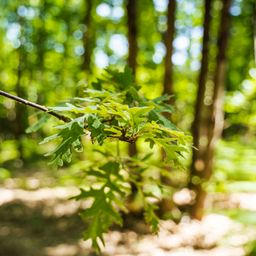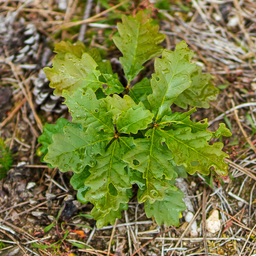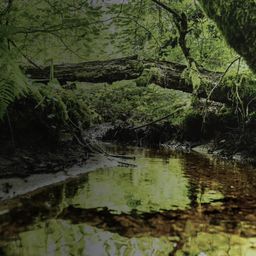
European wild pear tree: Characteristics, use and symbolism
The European wild pear tree or Pyrus pyraster, a hardy and adaptable tree, contributes to the biodiversity of temperate forests thanks to its dense wood and its fruit, which is much appreciated by wildlife.
European wild pear
The European wild pear tree, or Pyrus pyraster, is a deciduous tree belonging to the Rosaceae family. Commonly known as the Wood pear tree, it is characterised by its hardiness and its ability to adapt to a variety of soils, whether chalky, clayey or sandy. Native to Europe and Western Asia, it is often found in open woodland, on the edges of woodland and in rural hedgerows. Appreciated for the quality of its dense, fine wood, the European wild pear tree is also recognised for its ecological role, providing shelter and food for numerous animal species thanks to its small, bitter pears. This undemanding tree helps to enrich the biodiversity of the temperate forests where it grows naturally.
Why does EcoTree plant European wild pear trees?
As a fruit tree, the wild pear contributes to biodiversity and strengthens woodland resilience. Its presence creates habitats for numerous insects, birds, and mammals, enriching the ecosystem. The wild pear is an ideal companion species along forest edges and boundary areas, playing a significant role in restoring depleted soils, particularly in deforested or degraded regions.
European wild pear - Overview
European wild pear - Overview

European wild pear - Species requirements
The European wild pear tree is a robust species, known for its resilience and ease of cultivation. It thrives best in sunny locations such as woodland edges and can grow in a variety of soils, from dry, nutrient-poor soil to clay and limestone, as long as it’s well-drained. With its tolerance to both cold and drought, this tree adapts well to a wide range of climates, although it prefers areas with regular rainfall during its first few years of growth.
As a melliferous species, the wild pear attracts pollinators like bees, which benefits the ecosystem as a whole. It can be pollinated by other wild or cultivated pear species, which helps to boost fruit production, but for optimal fruiting, it needs to be planted near other European wild pear trees.
European wild pear tree's Wood
Timber from the European wild pear (Pyrus pyraster) is particularly valued for its density, hardness, and fine grain, which brings out its natural colour, ranging from pale pink to reddish-brown – ideal for high-quality furniture. Additionally, the wood is popular for crafting musical instruments like flutes, oboes, and clarinets, where its density contributes to a clear and pure sound. It’s also sometimes used for piano keys and components in stringed instruments. Though wild pear wood makes effective firewood with long-lasting heat, it’s rarely used this way due to its high value for other purposes.
Wild Pear tree's symbolism
The tree symbolises fertility and abundance, making it a fitting gift for special occasions like birthdays. Its fruit serves as a valuable food source for wildlife, representing nature’s generosity and its ability to sustain life even in less hospitable environments.
Our selection of trees
Our goal is to enable anyone to do something that benefits nature and helps us to live in a more harmonious world. So why not become a tree owner in a European forest and help combat climate change?
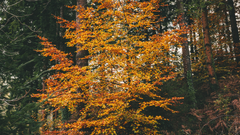

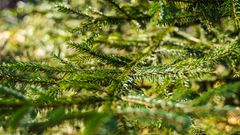

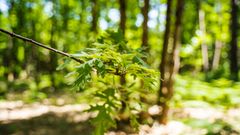

Please note that this is promotional communication. See our notice of information.

